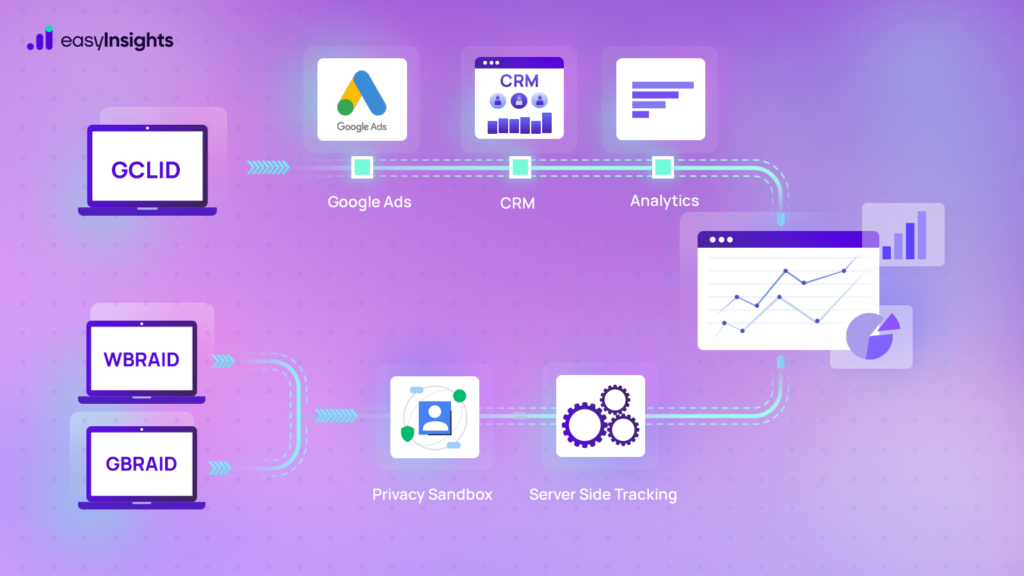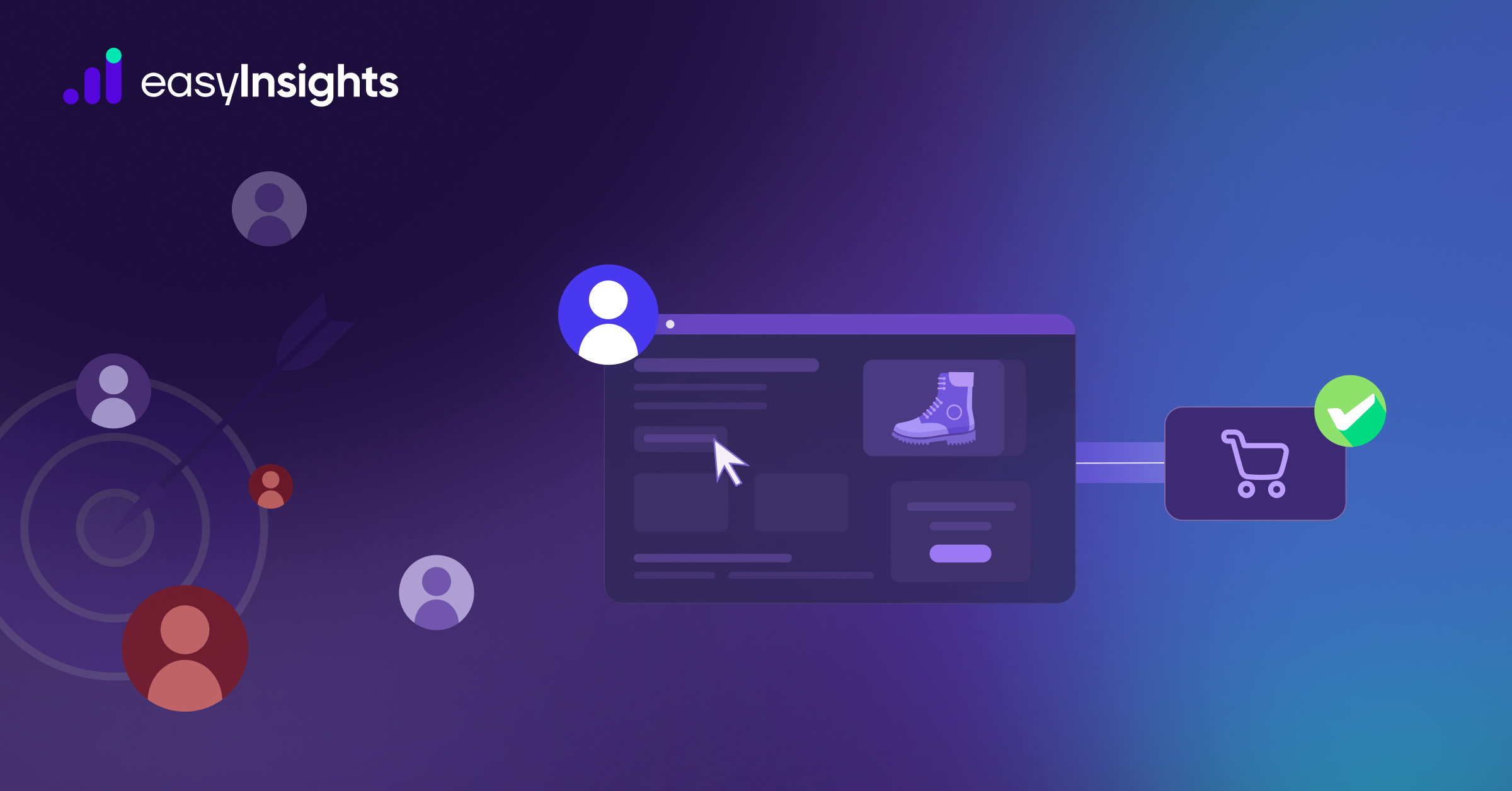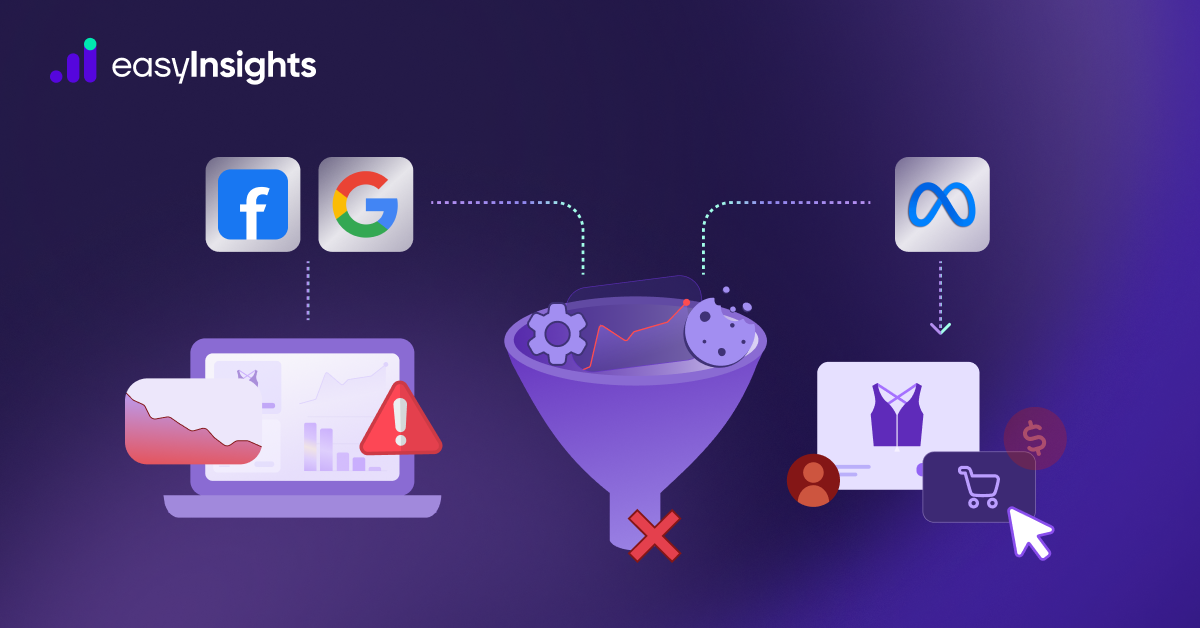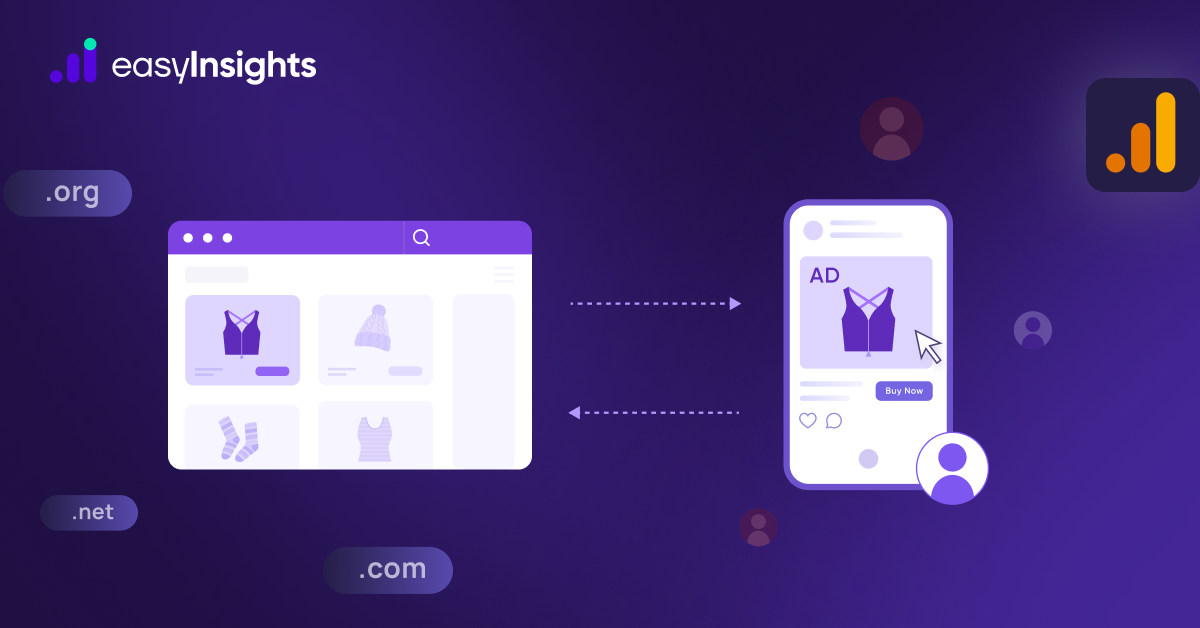
With Apple’s introduction of App Tracking Transparency (ATT) and the increasing focus on user privacy in recent years, digital advertising has been undergoing a significant transformation. In particular, Google, which has traditionally relied on cookies and device identifiers to track user behavior and optimize ad campaigns, has had to adapt to these new privacy standards, especially on iOS devices. As a result, Google has rolled out new tracking mechanisms: GCLID, WBRAID, and GBRAID. These identifiers represent part of the company’s efforts to adjust to iOS’s more stringent privacy measures and still offer effective advertising solutions.
In this blog, we’ll explore the differences between these three identifiers, their roles in the digital advertising ecosystem, and how they help Google continue to track and optimize ads on iOS despite the privacy shifts.
Jump ahead to:
What is GCLID?
GCLID is one of the oldest and most well-known identifiers used by Google. It is a parameter appended to URLs when users click on Google Ads. The GCLID is passed along with the click data when a user interacts with an ad, allowing advertisers to track conversions and optimize their campaigns effectively.
In the context of Google Ads, GCLID is used to attribute user activity to specific campaigns, keywords, and other aspects of the advertising funnel. The information attached to a GCLID can include what ad the user clicked on, which keywords were triggered, and other campaign-related data that helps in assessing the performance of the ad.
What Are WBRAID & GBRAID, and How Are They Different from GCLID?
WBRAID (Web Browser Ad ID) – WBRAID is a more recent addition to Google’s privacy toolbox, designed to help advertisers track web-based interactions across multiple devices while respecting Apple’s App Tracking Transparency rules. It essentially replaces some of the functionality traditionally provided by the IDFA, which is increasingly unavailable in the iOS ecosystem.
WBRAID is specifically useful for users who interact with Google ads on the web and then move to apps on their devices. By using WBRAID, Google can connect users’ ad interactions on the web with actions in mobile apps, thereby enabling more accurate attribution and measurement without violating privacy guidelines.
GBRAID (Google Browser Ad ID) – GBRAID works similarly to WBRAID but is designed to help with attribution across web-based platforms rather than directly across apps. While WBRAID focuses on bridging the gap between mobile apps and web activity, GBRAID is focused on users interacting with web-based ads in a way that preserves privacy and tracks the entire journey from ad click to conversion.
This identifier is key for tracking user activity when they start their journey on a Google ad in the browser and later complete a conversion event across devices or sessions. By leveraging GBRAID, advertisers can continue to optimize their campaigns without having to rely on cross-device tracking through the deprecated IDFA.
How are WBRAID & GBRAID Different from GCLID?
| Features | GCLID | WBRAID | GBRAID |
| Use cases | Click tracking across web (e.g., Google Ads → Website) | Used when a user clicks an ad in a web environment and converts in an app | Used when a user clicks an ad in an app and converts in another app |
| User-Level Tracking | Yes, it identifies individual clicks | No, it aggregates data, de-identifies users | No, it aggregates data, de-identifies users |
| Privacy Compliance | Not compliant with Apple’s ATT framework | Fully ATT-compliant | Fully ATT-compliant |
| Platform Support | Works on non-iOS devices and platforms | Designed for iOS traffic from web ads | Designed for iOS traffic from app ads |
| Parameter Example | ?gclid=abc123 | ?wbraid=xyz456 | ?gbraid=def789 |
The Impact of iOS 14.5+ on Google Ads
The iOS 14.5 update, introduced by Apple in April 2021, significantly impacted how Google Ads tracks user interactions on iOS devices due to the App Tracking Transparency (ATT) framework. This framework requires apps to obtain explicit user consent before tracking their activities across other apps and websites. As a result, Google Ads had to adapt its tracking mechanisms, leading to the introduction of new parameters: GBRAID and WBRAID.
How GBRAID and WBRAID works
1. Aggregate Measurement
- Unlike GCLID, which is user-specific, GBRAID and WBRAID are coarse-grained and aggregate.
- They do not identify individual users, which makes them compliant with Apple’s privacy requirements.
2. Appended to Click URLs
- These parameters are automatically appended to ad URLs when a user clicks on a Google ad on an iOS device. (eg. https://example.com/?wbraid=CjkKC…)
3. Conversion Attribution
- When a user converts (makes a purchase, signs up, etc.), and the site sends data back to Google Ads (via Google Tag or Enhanced Conversions), Google can match the conversion back to the ad click using WBRAID or GBRAID.
- Attribution is done in aggregate, sometimes with a time delay (up to 48 hours), to maintain user privacy.
iOS 14+ Impact on GA Reporting
When Apple introduced App Tracking Transparency (ATT) in iOS 14.5+, it limited tracking across apps and websites unless users opted in. As a result, Google Ads adapted by replacing GCLID with WBRAID/GBRAID for affected traffic.
| Traffic type | Identifier used | Attribution in GA4 |
| iOS (post-iOS 14.5) | WBRAID/GBRAID | Modeled conversions are used instead of direct identifiers |
| Non-iOS / Android / Desktop | GCLID | Direct attribution with full click-level data |
Modeled conversions – A modeled conversion is a conversion that Google estimates using machine learning, rather than directly observing it through tracking identifiers like GCLID.
How Marketers Can Use GBRAID & WBRAID
1. Enable Enhanced Conversions in Google Ads
- Enhanced Conversions help attribute conversions using first-party data (like email or phone number) in a privacy-safe way.
- When ATT restricts device identifiers, GBRAID/WBRAID work in conjunction with enhanced conversions to recover lost attribution.

2. Use Google’s Consent Mode and Tagging
- With proper consent tagging, Google Ads will switch between GCLID, GBRAID, or WBRAID depending on the user’s consent and device.
- This ensures you still get attribution insights without violating privacy rules.
3. Track Aggregated Conversions
- GBRAID and WBRAID support aggregated reporting, allowing marketers to measure performance without individual-level data.
- Data is modeled and reported through Google Ads and GA4 with less granularity but compliant with iOS policies.
4. Use Google’s Server-Side Tagging
- With tools like Google Tag Manager server-side, marketers can better manage these identifiers and route them securely for conversion tracking.
- This approach offers greater control over data collection while remaining privacy-compliant.
How EasyInsights helps marketers in conversion tracking
Privacy-Compliant Attribution: Easily track and attribute conversions even in the absence of user-level identifiers like GCLID, with the server-side tracking that works alongside WBRAID and GBRAID.
Enhanced Conversion Support: By capturing and securely passing first-party data (like emails or phone numbers), EasyInsights helps Google and Meta match conversions back to ad clicks more accurately.
CRM Audience Sync: Automatically sync your CRM audiences back to Google Ads and Meta, enabling better targeting and helping improve your ROAS.
Unified Data Views: Combine data from multiple sources – ads, CRM, web analytics – into one dashboard, making it easier to understand performance across the funnel.
Conclusion
Advertising is changing because people care more about privacy and tech companies like Apple and Google are responding. Google’s new tracking tools, WBRAID and GBRAID, are designed to respect user privacy while still helping marketers measure how well their ads work.
For advertisers, this means it’s time to update how we track and understand customer actions. Instead of depending on detailed, user-level data like before, we now need to work with broader, privacy-safe data. Using tools like Enhanced Conversions, Consent Mode, server-side tagging, and platforms like EasyInsights can help you stay on top of these changes.
Privacy doesn’t have to mean losing performance. It just means finding smarter, more respectful ways to measure success.
Book a demo today with EasyInsights
Additional Reading – How to set up the google tag for conversion tracking








